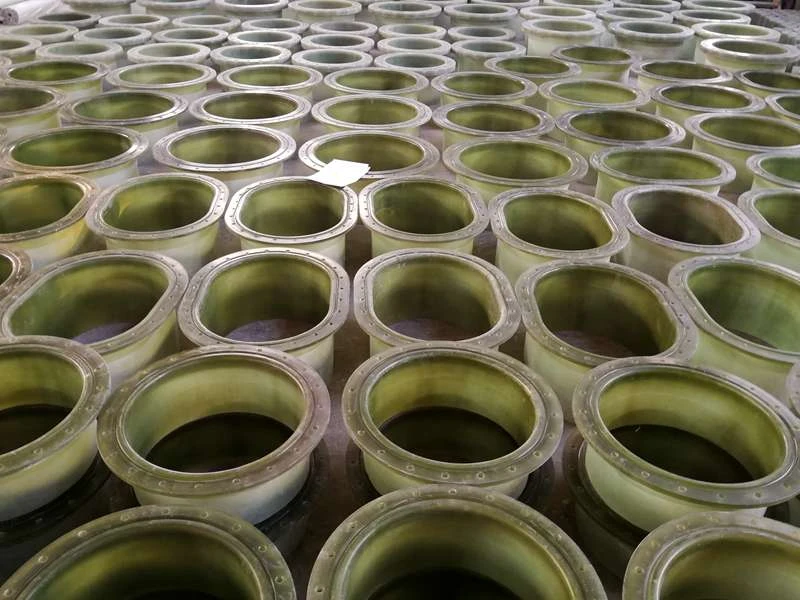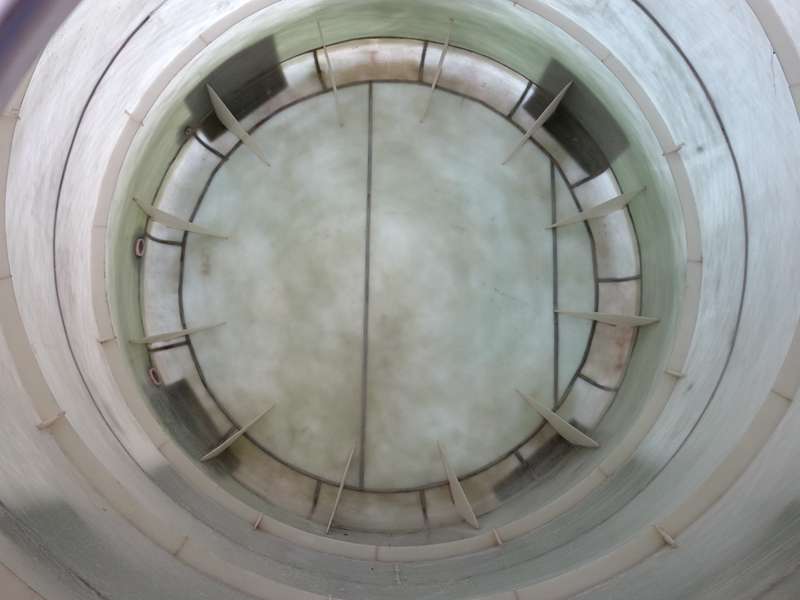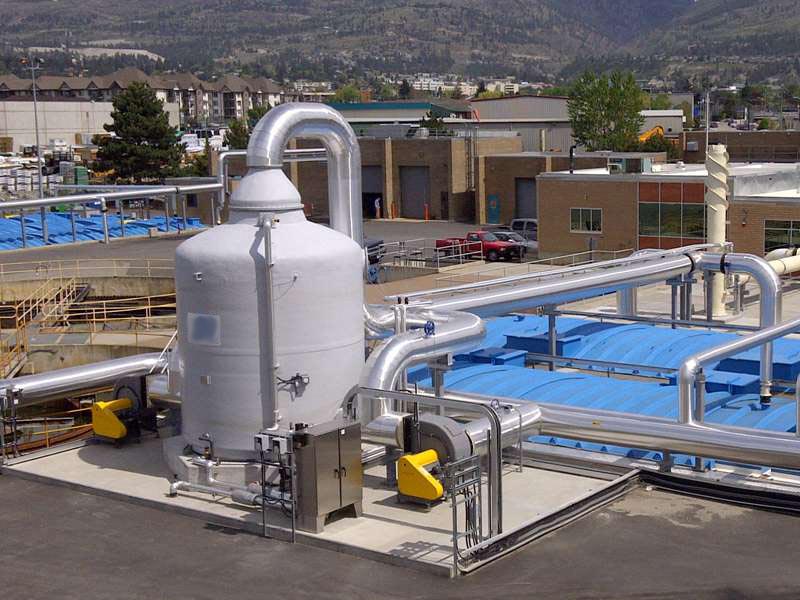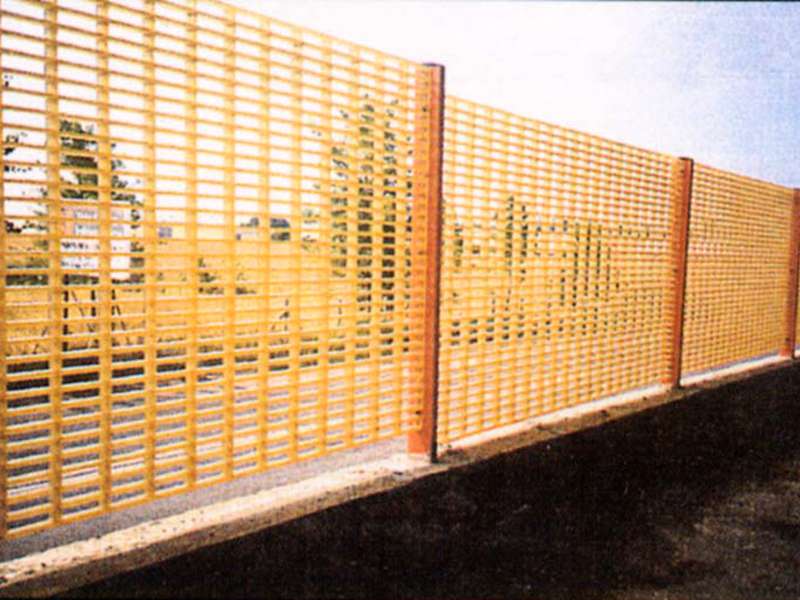
-
 Afrikaans
Afrikaans -
 Albanian
Albanian -
 Amharic
Amharic -
 Arabic
Arabic -
 Armenian
Armenian -
 Azerbaijani
Azerbaijani -
 Basque
Basque -
 Belarusian
Belarusian -
 Bengali
Bengali -
 Bosnian
Bosnian -
 Bulgarian
Bulgarian -
 Catalan
Catalan -
 Cebuano
Cebuano -
 China
China -
 China (Taiwan)
China (Taiwan) -
 Corsican
Corsican -
 Croatian
Croatian -
 Czech
Czech -
 Danish
Danish -
 Dutch
Dutch -
 English
English -
 Esperanto
Esperanto -
 Estonian
Estonian -
 Finnish
Finnish -
 French
French -
 Frisian
Frisian -
 Galician
Galician -
 Georgian
Georgian -
 German
German -
 Greek
Greek -
 Gujarati
Gujarati -
 Haitian Creole
Haitian Creole -
 hausa
hausa -
 hawaiian
hawaiian -
 Hebrew
Hebrew -
 Hindi
Hindi -
 Miao
Miao -
 Hungarian
Hungarian -
 Icelandic
Icelandic -
 igbo
igbo -
 Indonesian
Indonesian -
 irish
irish -
 Italian
Italian -
 Japanese
Japanese -
 Javanese
Javanese -
 Kannada
Kannada -
 kazakh
kazakh -
 Khmer
Khmer -
 Rwandese
Rwandese -
 Korean
Korean -
 Kurdish
Kurdish -
 Kyrgyz
Kyrgyz -
 Lao
Lao -
 Latin
Latin -
 Latvian
Latvian -
 Lithuanian
Lithuanian -
 Luxembourgish
Luxembourgish -
 Macedonian
Macedonian -
 Malgashi
Malgashi -
 Malay
Malay -
 Malayalam
Malayalam -
 Maltese
Maltese -
 Maori
Maori -
 Marathi
Marathi -
 Mongolian
Mongolian -
 Myanmar
Myanmar -
 Nepali
Nepali -
 Norwegian
Norwegian -
 Norwegian
Norwegian -
 Occitan
Occitan -
 Pashto
Pashto -
 Persian
Persian -
 Polish
Polish -
 Portuguese
Portuguese -
 Punjabi
Punjabi -
 Romanian
Romanian -
 Russian
Russian -
 Samoan
Samoan -
 Scottish Gaelic
Scottish Gaelic -
 Serbian
Serbian -
 Sesotho
Sesotho -
 Shona
Shona -
 Sindhi
Sindhi -
 Sinhala
Sinhala -
 Slovak
Slovak -
 Slovenian
Slovenian -
 Somali
Somali -
 Spanish
Spanish -
 Sundanese
Sundanese -
 Swahili
Swahili -
 Swedish
Swedish -
 Tagalog
Tagalog -
 Tajik
Tajik -
 Tamil
Tamil -
 Tatar
Tatar -
 Telugu
Telugu -
 Thai
Thai -
 Turkish
Turkish -
 Turkmen
Turkmen -
 Ukrainian
Ukrainian -
 Urdu
Urdu -
 Uighur
Uighur -
 Uzbek
Uzbek -
 Vietnamese
Vietnamese -
 Welsh
Welsh -
 Bantu
Bantu -
 Yiddish
Yiddish -
 Yoruba
Yoruba -
 Zulu
Zulu
Effective Fiberglass Demister Solutions for Industrial Moisture Control and Air Quality Improvement
Understanding Fiberglass Demisters Essential Components for Efficient Separation
In various industrial applications, the need to separate droplets of liquid from gases is paramount. This process, essential for maintaining product purity and equipment efficiency, often relies on effective gas-liquid separation mechanisms. Among the most efficient solutions available on the market today are fiberglass demisters. These specialized devices play a critical role in several sectors, including oil and gas, petrochemicals, and water treatment, by ensuring optimal performance in mist elimination.
Fiberglass demisters, also known as mist eliminators or vapor-liquid separators, are designed to intercept and remove liquid droplets from gas streams. They are typically constructed from a fiberglass matrix, which offers several advantages over traditional metal or plastic alternatives. Fiberglass is resistant to corrosion, heat, and various chemicals, making it an ideal choice for harsh operating environments. The lightweight nature of fiberglass also simplifies installation and maintenance, providing additional cost savings.
The operational principle of a fiberglass demister is straightforward yet effective. As the gas stream passes through the demister, it encounters a series of fiberglass fibers arranged in a specific orientation and density. These fibers create a labyrinth where the gas flows, allowing for the collision of droplets with the fibers. When these droplets strike the surface of the fibers, they coalesce and grow larger due to the phenomenon of coalescence. Eventually, the droplets overcome the drag forces from the gas and fall into a collection trough, while the cleaned gas continues to flow through.
fiberglass demister

One of the significant benefits of fiberglass demisters is their high efficiency in mist elimination
. Depending on the design and operating conditions, they can achieve droplet removal efficiencies of over 99%. This high performance not only helps in meeting environmental regulations but also protects downstream equipment from damage caused by liquid carryover. In the oil and gas industry, for instance, the presence of water in gas streams can lead to corrosion in pipelines and separators, resulting in costly repairs and downtime.Moreover, fiberglass demisters are adaptable to various flow rates and conditions. Manufacturers can customize the design parameters to suit specific applications, ensuring enhanced performance regardless of the environment. The ability to operate effectively in temperatures ranging from cryogenic to elevated levels and in diverse chemical settings amplifies their utility across different sectors.
While fiberglass demisters are highly effective, proper maintenance and periodic inspections are crucial for sustained performance. Ensuring that the demister is free from accumulated debris and buildup will maximize its efficiency and lifespan.
In conclusion, fiberglass demisters represent a vital component in modern gas-liquid separation technologies. Their robust construction, coupled with proficient mist separation capabilities, makes them indispensable in numerous industrial processes. As industries continue to prioritize efficiency and environmental compliance, the role of fiberglass demisters is more critical than ever, ensuring cleaner processes and optimized productivity. Whether in oil and gas extraction, chemical manufacturing, or wastewater treatment, these devices are poised to facilitate significant advancements in separation technology.
Latest news
-
Fiberglass 90 Degree Elbow for Custom Tanks & High Pressure Pipes Durable and Corrosion ResistantNewsJun.24,2025
-
Exploring the Benefits of Top Hammer Drifter Rods for Enhanced Drilling PerformanceNewsJun.10,2025
-
High-Precision Fiberglass Winding Machine for GRP/FRP Pipe Production – Reliable & Efficient SolutionsNewsJun.10,2025
-
FRP Pipes & Fittings for Shipbuilding - Corrosion-Resistant & LightweightNewsJun.09,2025
-
Premium FRP Flooring Solutions Durable & Slip-ResistantNewsJun.09,2025
-
Premium Fiberglass Rectangular Tanks Durable & Lightweight SolutionNewsJun.09,2025









